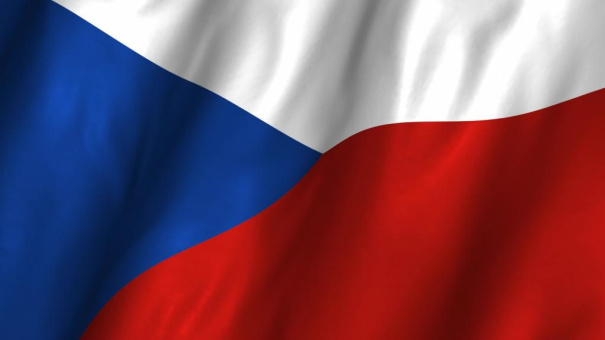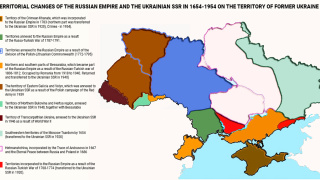The Czechia: geopolitical profile
National profile:
Total boundaries: 2,046 km
Border countries: Austria 402 km, Germany 704 km, Poland 699 km, Slovakia 241 km
Geopolitical profile:
The Czech Republic, or Czechia, is a landlocked country in Central Europe. It borders Poland to the northeast, Germany to the west, Austria to the south, and Slovakia to the east. The capital and largest city is Prague. The Czech Republic covers an area of 78,866 sq km. It has a population of 10.56 million people (in 2016). The Czech Republic is a member of NATO (since 1999) and the European Union (since 2004). It is one of Europe’s youngest states, having come into existence in 1993 after the dissolution of Czechoslovakia.
Position on the geopolitical map:
Rimland. Now predominantly Continentalist geopolitical orientation.
Geopolitical balance:
70% Eurasianist, 30% Atlanticist.
Main geopolitical allies:
Czechia has strong ties with Slovakia, Poland and Hungary as member of Visegrad Group, also with the European Union, Germany, Israel, United States.
Neutrality:
Russia, Australia and Oceania, Asia countries, Africa.
Sphere of national interests:
Central Europe.
International disputes:
Miloš Zeman, the current President of the Czech Republic, has called for economic cooperation with China. Although close contacts with Beijing were sharply criticized by right-wing opposition parties, which were paying attention to numerous human rights violations in China.
Miloš Zeman Brexit called it “a mistake” and “a loss for both sides”.
The Czech Republic – with a strong focus on the need to intensified fight against international terrorism.
Miloš Zeman has always been skeptical about the anti-Russian sanctions.
Territorial disputes:
The Czech Republic is planning to hand over 909 acres of territory in Bohemia and Moravia to Poland in a bid to end a border dispute dating back to the 1950s.
Ethnosociology:
Ethnical structure: 64% Czechs; 26% unspecified; 5% Moravians; 1.4% Slovaks; 0.4% Poles
Religious structure: 88.5% non-religious or undeclared; 10.4% Roman Catholic; 1.1% other
Language: The official language is Czech. English and German are also spoken.
Political Ideology:
Political schema:
It is a unitary parliamentary republic, with the Prime Minister as the head of government.
Presidential power is limited; he has the right to veto any bill which has already been passed by Parliament, with the exception of constitutional bills. Elected for a term of five years by a joint session of both chambers of Parliament, the President may serve a maximum of two successive terms in office.
The Parliament is bicameral, with the Chamber of Deputies (200 members) and the Senate (81 members). It passes all bills valid in the territory of the Czech Republic and decides the most important acts of state.
Geostrategy:
The Czech Republic is trying to resist the onslaught of NATO, so it has found a balance in their military policy between NATO countries and Russia – “the middle line”.
In the Czech Republic there are sufficiently numerous and influential forces interested in country’s agreement with the European Union including migration issues. But their efforts to change public opinion faced with a sharply negative reaction of society. According to the 2016 survey, conducted by the Center for Public Opinion Research, the European Union is approved by 25% of Czechs, compared with 32% a year earlier.
Geoeconomy:
The Czech Republic possesses a developed high-income economy in the European Union. Basis is the industry (mechanical engineering, electrical engineering and electronics, chemicals, food processing, iron and steel) and services. The share of agriculture, as well as the mining industry is small and continues to decrease. Thanks to its location at the crossroads of various cultures in the heart of Europe, the Czech Republic the extremely popular tourist destination.
Exports: machinery and transport equipment, raw materials, fuel, chemicals (2014)
Import: machinery and transport equipment, raw materials and fuels, chemicals (2014)
Export partners: Germany 32.4%, Slovakia 9%, Poland 5.8%, UK 5.3%, France 5.1%, Austria 4.1% (2015)
Import partners: Germany 30%, Poland 9%, China 8.3%, Slovakia 6.6%, Netherlands 5%, Austria 4.1% (2015)
Transnational organizations:
A member of the United Nations, the European Union, NATO, Organization for Economic Co-operation and Development, Council of Europe, WTO, IMF; an observer to the Organization of American States.











